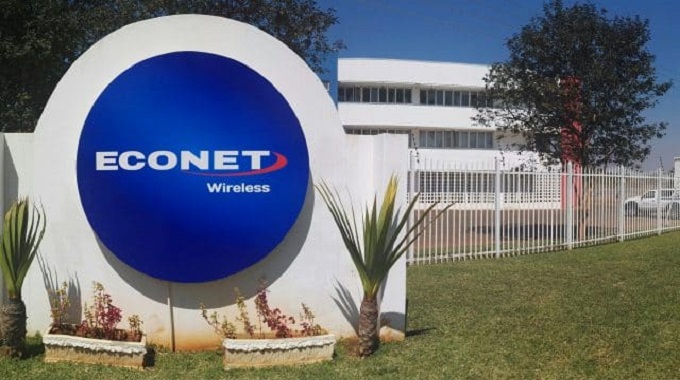Econet Wireless Zimbabwe has completed its ambitious network infrastructure modernisation programme, a milestone that marks a turning point in the company’s drive to lead the country’s digital transformation. The comprehensive upgrades, finalised in the second half of the financial year ending February 28, 2025, now position the telecoms giant to offer smarter, faster, and more personalised digital services.
The announcement came alongside the release of Econet’s full-year financial results, where Group Chairman Dr. James Myers outlined the significant progress made under the modernisation initiative. With the commissioning of 77 new base stations, the overhaul of 546 radio access sites, and upgrades to 365 microwave access links, the network has been substantially fortified to meet growing data and connectivity demands.
A key highlight of the year was the deployment of 60 new 5G sites nationwide, rolled out in the final quarter of the year. These additions are expected to accelerate the adoption of next-generation applications, enabling homes and businesses to benefit from ultra-fast connectivity and reduced latency. As mobile broadband becomes a critical part of everyday life, Econet’s expanded 5G footprint could well be a game-changer in shaping the country’s digital ecosystem.
But the network expansion wasn’t just focused on urban centres. In a bid to close the digital divide, Econet introduced 10 lightweight, cost-effective base stations designed specifically to extend coverage to remote rural communities. This initiative speaks directly to the company’s commitment to inclusivity—bringing vital connectivity to areas that have traditionally been underserved.
Power infrastructure also featured prominently in the company’s upgrades. Recognising the importance of energy stability to network performance, Econet invested in power augmentation to support both its operations and the broader national grid. The installation of power monitoring systems—tasked with regulating rectifiers and battery performance at the site level—adds a layer of energy efficiency and autonomy critical to ensuring round-the-clock service availability.














Comments